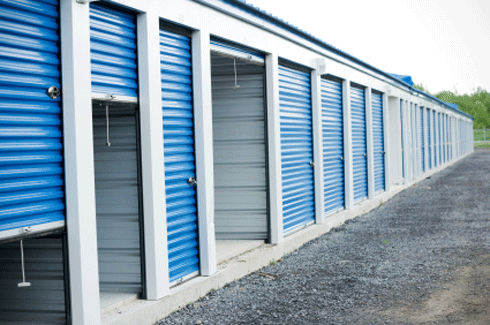It’s spring – time to take a long, hard look at your IT infrastructure and clean out the server closet, sweep up the loose security policies and get rid of the old, outdated equipment.
Generations of women (and men; let’s not be sexist) could not have been wrong when, at the first sighting of the robin, they flung open the windows and let in the fresh air, thus beginning the ritual of spring cleaning. They beat the rugs, scrubbed the windows and generally got rid of the winter clutter.
It seems appropriate that IT organizations should do much the same thing.
When was the last time your company figuratively took a broom to your IT infrastructure? Cleared the data center of power- and energy-hungry equipment? Consolidated servers or storage equipment, or better yet discarded some of them altogether in favor of cloud computing services?
A thorough scrubbing of the IT infrastructure can save a company a whole lot of money by getting rid of power- and bandwidth-hungry equipment and creating a streamlined, more efficient environment.
IT services company CDW recently came out with its tips for IT spring cleaning, which make a whole lot of sense (see accompanying slideshow). The thought process behind the tips is exactly the same as what Mom and Grandma were thinking when they started their spring cleaning: Out with the old, in with the new.
Fresh air brings fresh thinking. And every IT organization out there could use some fresh thinking, and if a little spring cleaning is what it takes to make that happen, then bring on the bucket brigade. Soon enough, your IT infrastructure will be fresh as a daisy, and running at optimal efficiency, which will save your company a bundle in IT costs.
And that will make everyone a whole lot happier.
Click through to see some housekeeping tips from CDW-G.
Eliminating excess servers and storage equipment-or even entire data centers-can reduce energy and management costs.Blade servers can pack more computing power into less space, while server and storage virtualization can help allocate consolidated computing resources effectively, reducing excess capacity-and therefore costs.
It is one thing to be frugal about replacements and upgrades, but organizations can take on high operational and financial risk by running systems so far past their prime that little or no support is available when they break down.
Opportunities to save significant money may be staring us right in the face: “Standing load” from unused computers or printers still plugged in; desktop computers and peripherals running around the clock when they don’t need to be; failure to make the most of the power management functions built into desktop operating systems. For selected operations, some organizations could consider thin client architecture, which saves energy and can also reduce application support costs and boost security.
Power and cooling technologies have improved significantly, and blade server deployments tend to increase power and cooling requirements. If an organization has deployed new server and storage systems but still leans on the old power, cooling and management strategies, there are still more energy efficiency opportunities in the data center.
Reduce, reuse and recycle. Match the investment in storage systems with the value and currency of the data residing on them, and deduplicate archived data. For long-term storage of inactive data or just for an economical, periodic backup of current data, even old tape systems can still work well in many situations.
For select software applications or hardware infrastructure, cloud computing and hosted or managed services can offer economies of scale, quality of support and convenience that many organizations would be challenged to match with internal resources. Outsourcing applications or facilities helps organizations declutter data centers.
Network updates can be painfully slow when one administrator is responsible for updating multiple groups and becomes a bottleneck. Streamline operations and free up time on both ends by updating the group policy design to grant access and rights to trusted users within major groups. Just be conscious that granting too many people access and rights to groups increases risk of data loss, so aim for an organized policy that balances productivity and security concerns.










